I’ve experienced great cultures – where I was excited to go to work every day, gave my best, and raved about my company; and ones where staff morale was in the toilet, I dreaded Monday mornings and I spent way more time than I’m proud to admit griping about the organization. Culture impacts the attitudes of the employees. Every. Single. Day.
It can be challenging though for a leader to admit, or even realize that their culture is out of alignment. There are millions of different reasons why workplace cultures get off track – not all of which are the leader’s “fault.”
No matter what the cause, the leader is the one on whose shoulders it falls to own the process of correcting a culture that is not supporting the organization.
So to help shift the perspective of what a team needing a culture shift might look like, here are three examples I’ve worked with and one tidbit I learned with each.
#1 The “Low Accountability and Engagement” Team
The first example was struggling big time when I arrived as the leader. Trust, accountability and engagement were low; gossip, negative energy and finger pointing were high. There were too many salaried staff for their budget. All of which were draining resources and energy. We re-structured, found our footing and ended up with a great team. And I made a lot of mistakes in the process. I found that admitting those mistakes, apologizing and making it right was key to building much needed trust with my team.
#2 The Brand New Team
One of my favorite opportunities was getting to create a team from the ground up. My smartest move was hiring two great directors under me! Next smartest though was determining from the beginning that we would set expectations, goals and training plans before hiring even one person. We determined what culture we wanted and then intentionally created it. That laid the foundation for a great team – one of the most successful I’ve been a part of.
#3 The We Experienced Huge Growth Overnight” Team
Then there was the team whose organization tripled in size almost overnight. Few organizations are prepared for such a shift. The established processes didn’t work for the new demands. Additional staff were sorely needed so everyone was in survival mode. This team wasn’t experiencing lack of buy-in or trust – in fact those were pretty high. They needed someone to help them re-group, slow down and look at things differently; to create new processes, hire (the right) new people, and create a manageable game plan. All of which impacted the culture.
Each individual company (and even team within that company) has unique dynamics and needs. That is one of the reasons employee engagement can be so challenging. The leader has to keep their finger on the pulse of the team, be willing to ask what shifts need to be made, and then take steps to shift a culture that has gotten all “catty-wampus” as we say here in the south… (or out of alignment for friends outside this region).
I’d love to hear your thoughts! What other reasons have you seen for culture shifts within a company?

